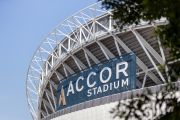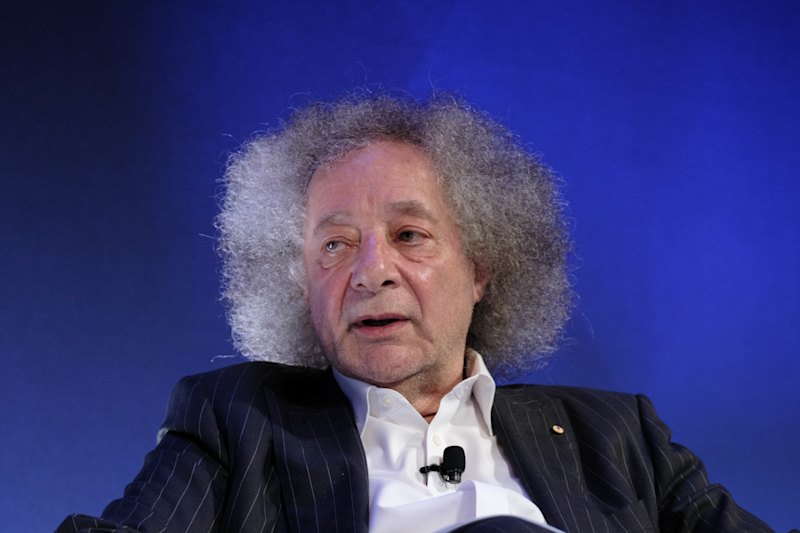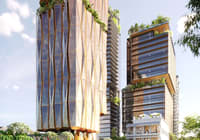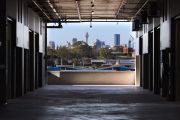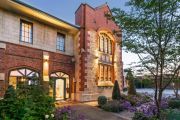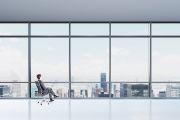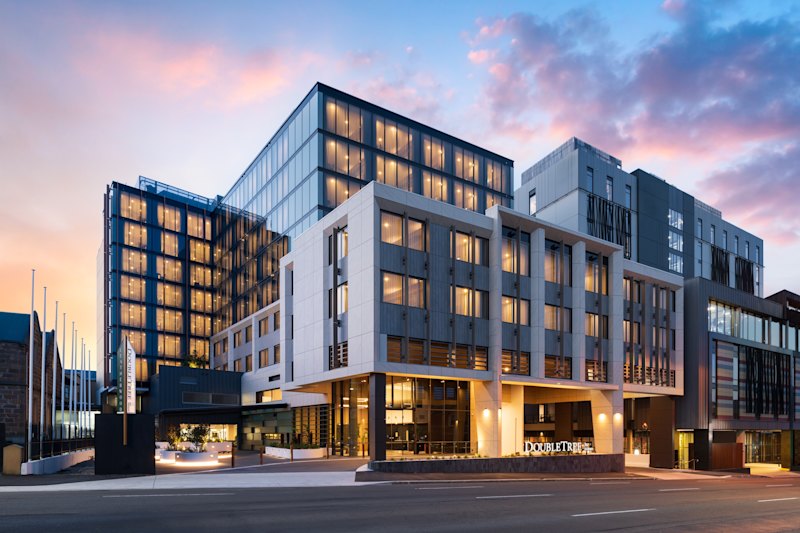
Hotel occupancy edges up as corporate travel rebounds
Australian hotel room rates dropped in five major cities while occupancy levels edged higher over the first half of 2025 as hoteliers focused on filling rooms rather than on how much they could charge, industry analysts say.
Major events like the Australian Open, Comedy Festival and Formula 1 in Melbourne, Sydney’s Mardi Gras parade and Vivid Sydney, and Dark Mofo in Tasmania encouraged domestic and international travel in the first six months of this year.

But surging energy, insurance and labour costs have weighed on hotel revenue. That’s given hoteliers a balancing act of adjusting room rates while keeping their occupancy levels high, analysts say.
Despite room rates falling in five major markets including Sydney and Melbourne, stronger performances elsewhere pushed the national room rate up 0.8 per cent on average to $223 per night in the first six months of 2025 compared to 2024. Occupancy levels rose too, averaging about 72 per cent, according to STR data.
James Goodwin, chief executive of Australia’s hotel industry peak body Accommodation Australia, said it was good that there was some growth in the sector, but it was not at the level they were hoping or expecting.
“Good that we’re up, but we would really like to see perhaps some more international tourists to help boost some of those numbers,” Goodwin told The Australian Financial Review.
“The pressure from airfares is meaning that a lot of people are looking for that value, rather than holidaying on the Gold Coast or Cairns or somewhere [and] perhaps are heading off overseas.
“That’s where we really need to have a bit of a concerted effort on looking at some of that growth.”
There was a focus on driving occupancy and getting people into rooms over the past six months, but operating costs were being squeezed, he added.
“With the increases in wages, energy costs and all of those other operating expenses, such as insurance and things … certainly the profitability has gone down,” Goodwin said.
Hobart has been the standout state with the strongest improvement in their average occupancy percentage in the first six months of this year, up 5.6 per cent to 79.3 per cent compared to 2024.
This coincides with Hilton’s first hotel in Tasmania which opened in Hobart in October.
Daniella Tonetto, senior commercial director of Australasia at Hilton Hotels, said they’d experienced an uplift in occupancy in the first half of 2025, with their hotels in all capital cities recording year-on-year growth.
“Demand has been especially strong around key events, long weekends, and public holidays – April was a particular standout, thanks to the extended Easter-Anzac break which created a 10-day travel window for many Australians,” Tonetto told the Financial Review.
“Our decision to open DoubleTree by Hilton Hobart – our first hotel in Tasmania – was driven by a clear opportunity to bring our award-winning brand to one of the country’s fastest-growing leisure destinations.”
Since opening eight months ago, the hotel had experienced strong and consistent demand, fuelled by the city’s events calendar, a loyal Hilton Honor’s base, and Hobart being a gateway to Antarctic expeditions, she added.
Perth recorded the highest hotel occupancy so far this year at 79.9 per cent, while on the other end of the spectrum, the Gold Coast reported the lowest at 67.2 per cent – down 3.9 per cent.
Goodwin said Cyclone Alfred which hit the Gold Coast in March had impacted the city’s tourism industry as people cancelled their bookings during the immediate period and there had been a lag on future bookings as well.
Melbourne’s typical hotel occupancy was 70.9 per cent while Sydney’s was 76.5 per cent, up 3.3 per cent and 3.2 per cent, respectively. However, both cities recorded a drop in room rates of 0.9 per cent and 0.2 per cent.
Similarly, Canberra and Adelaide experienced the biggest falls in hotel room prices, decreasing by 2.3 per cent and 2.8 per cent, respectively.
Karen Wales, head of hotels at Colliers Australia, said demand for corporate and international travel had come back since COVID-19, with weekday occupancy filling up more, which tended to be at lower prices.
“Hotels are always trying to balance occupancy and rates, it’s a yield game,” Wales said. “Hoteliers are bringing in more base demand, so some of that demand would be a lower rate because it’s filling on a Monday or a Sunday.
“Rates are not softening, the mix is changing, which is having that impact on the rates year-on-year, slightly down from where they were… there’s more demand segments in market.”
Operating costs especially around energy, insurance and labour had also increased, affecting room rates, she added.

